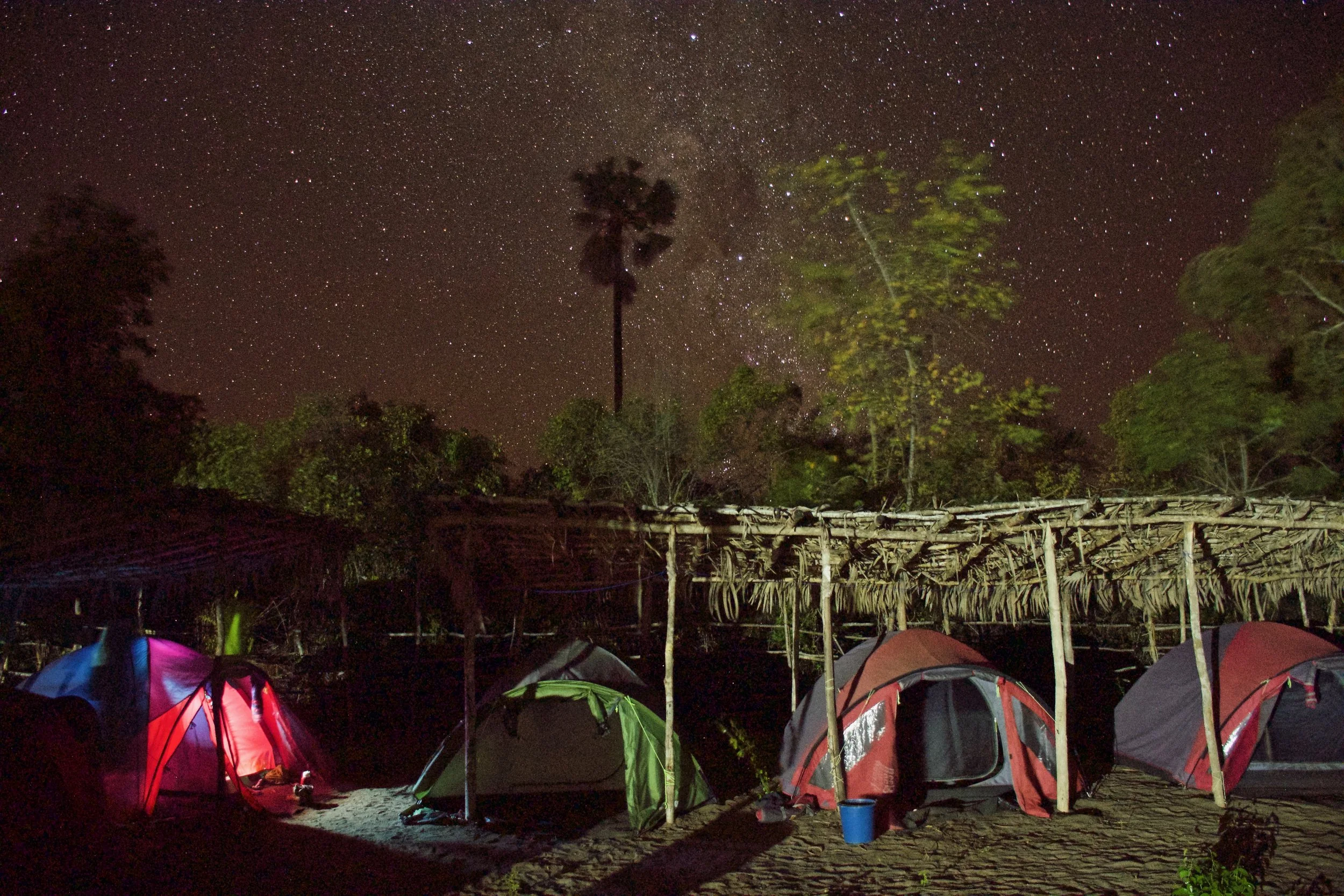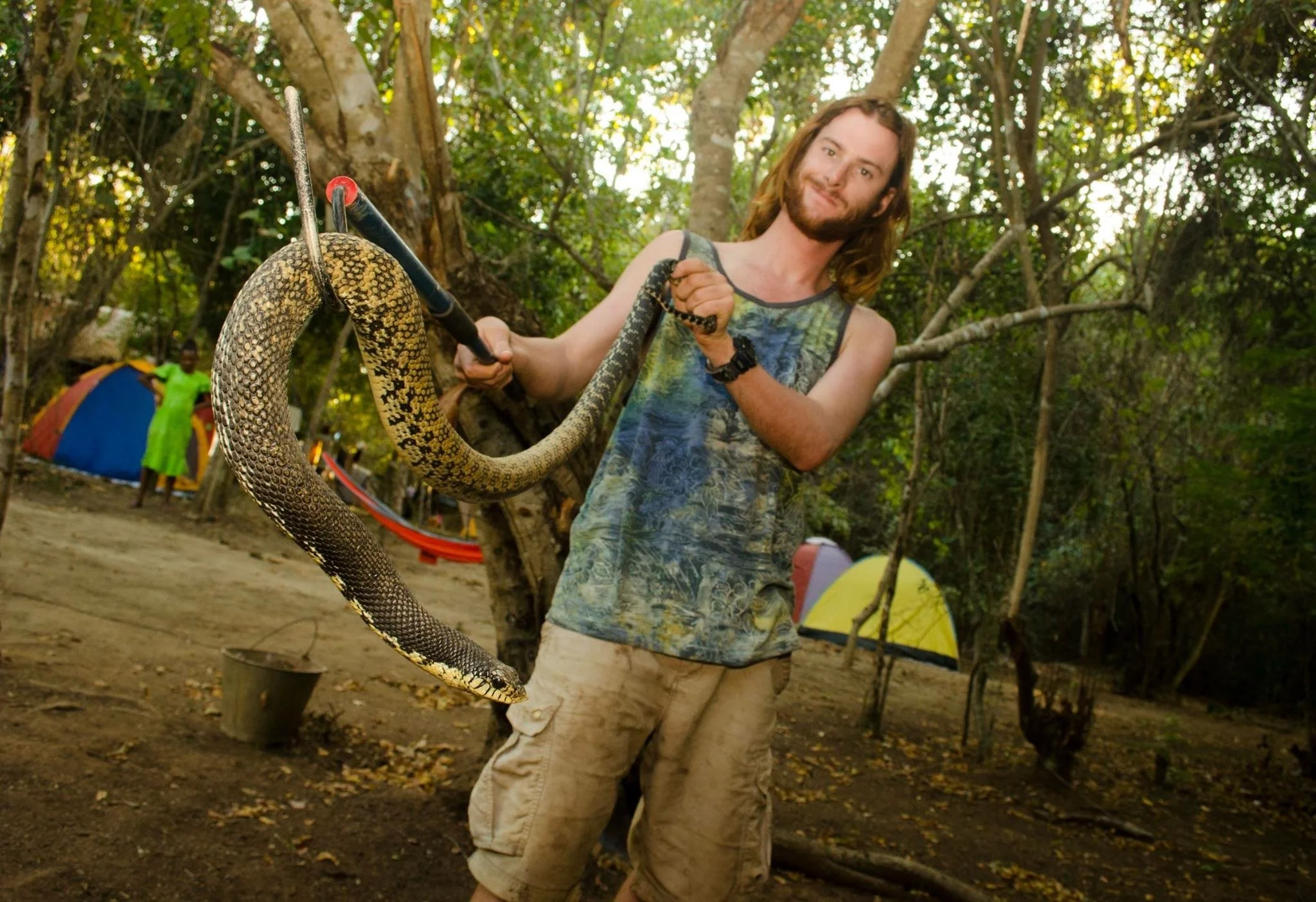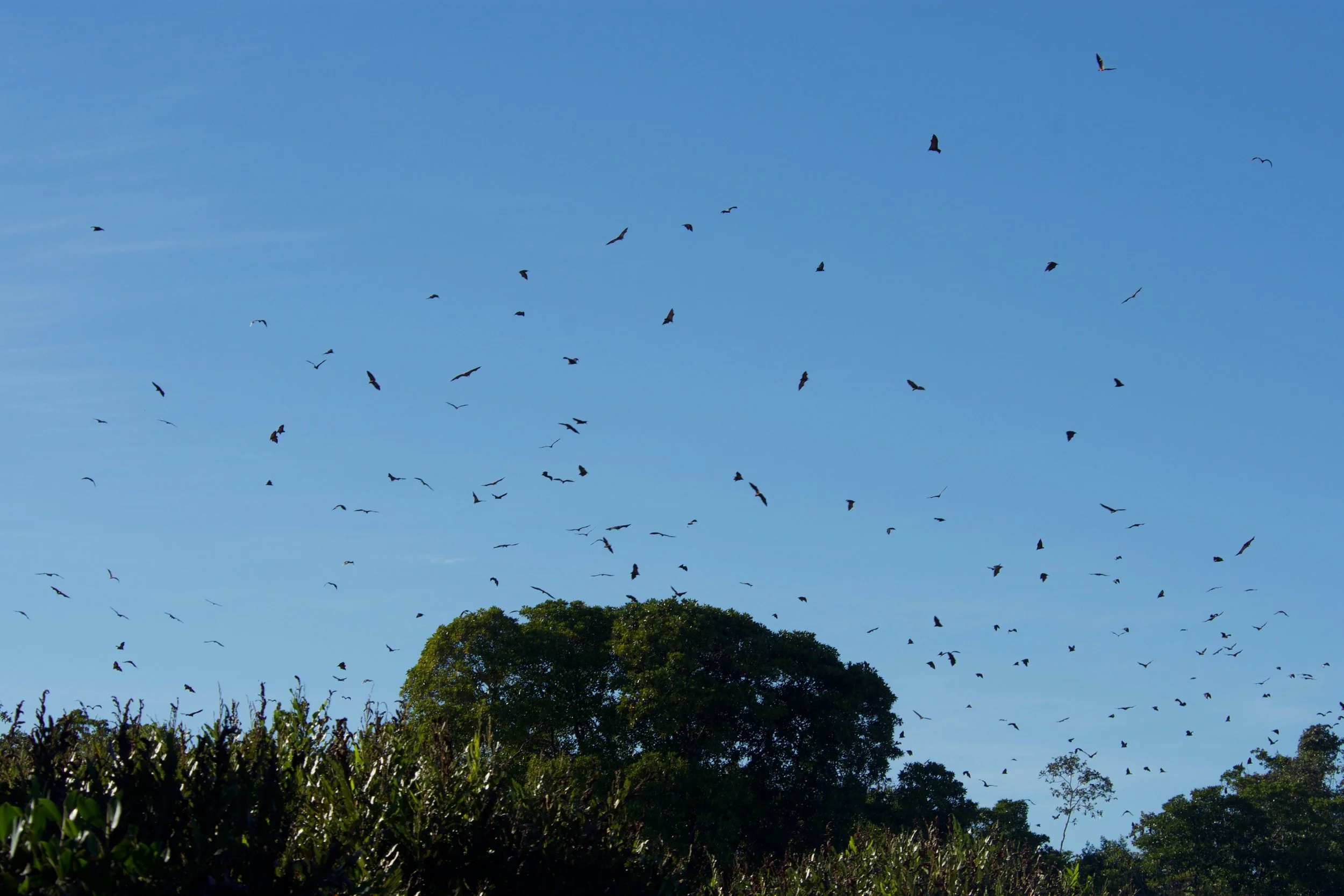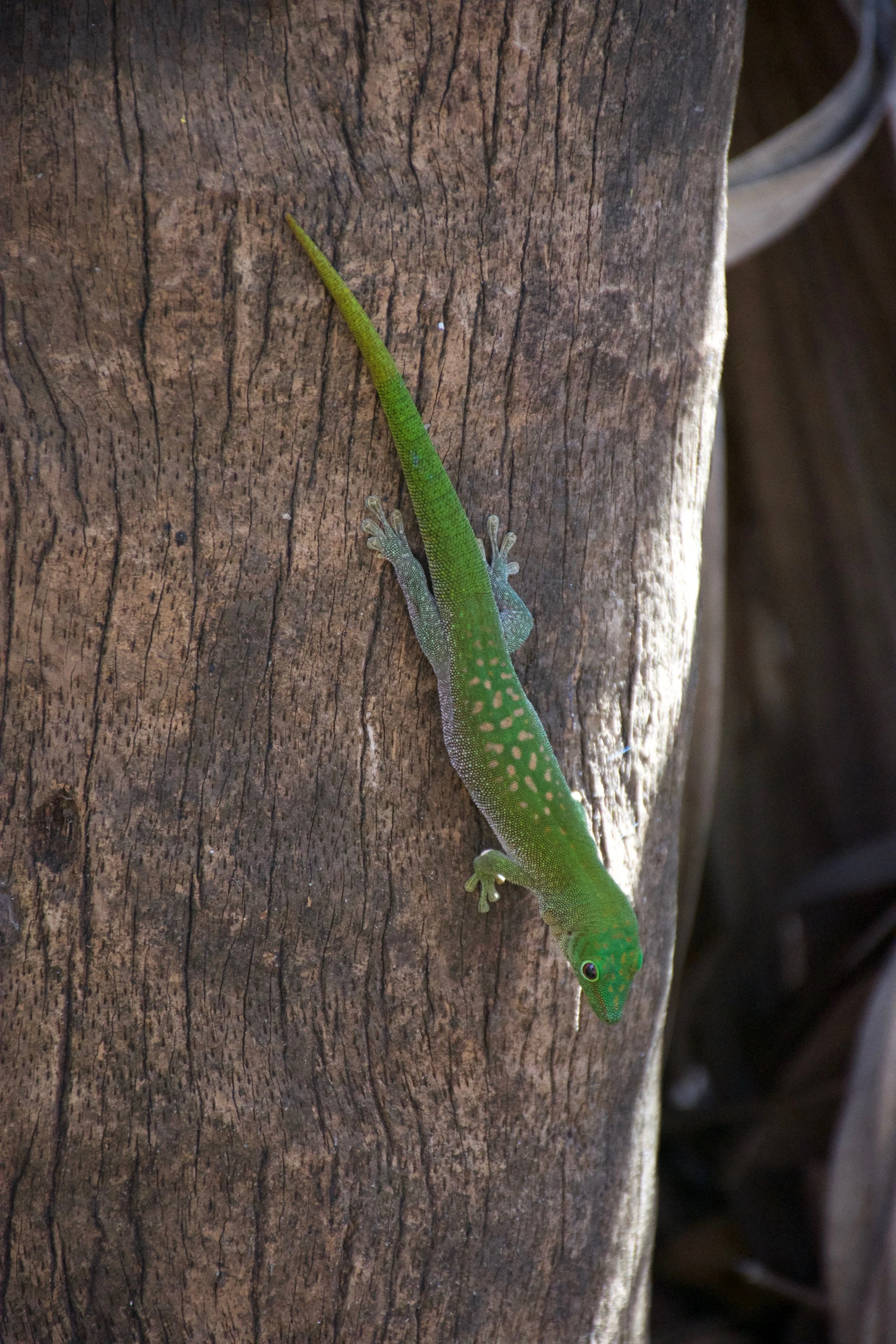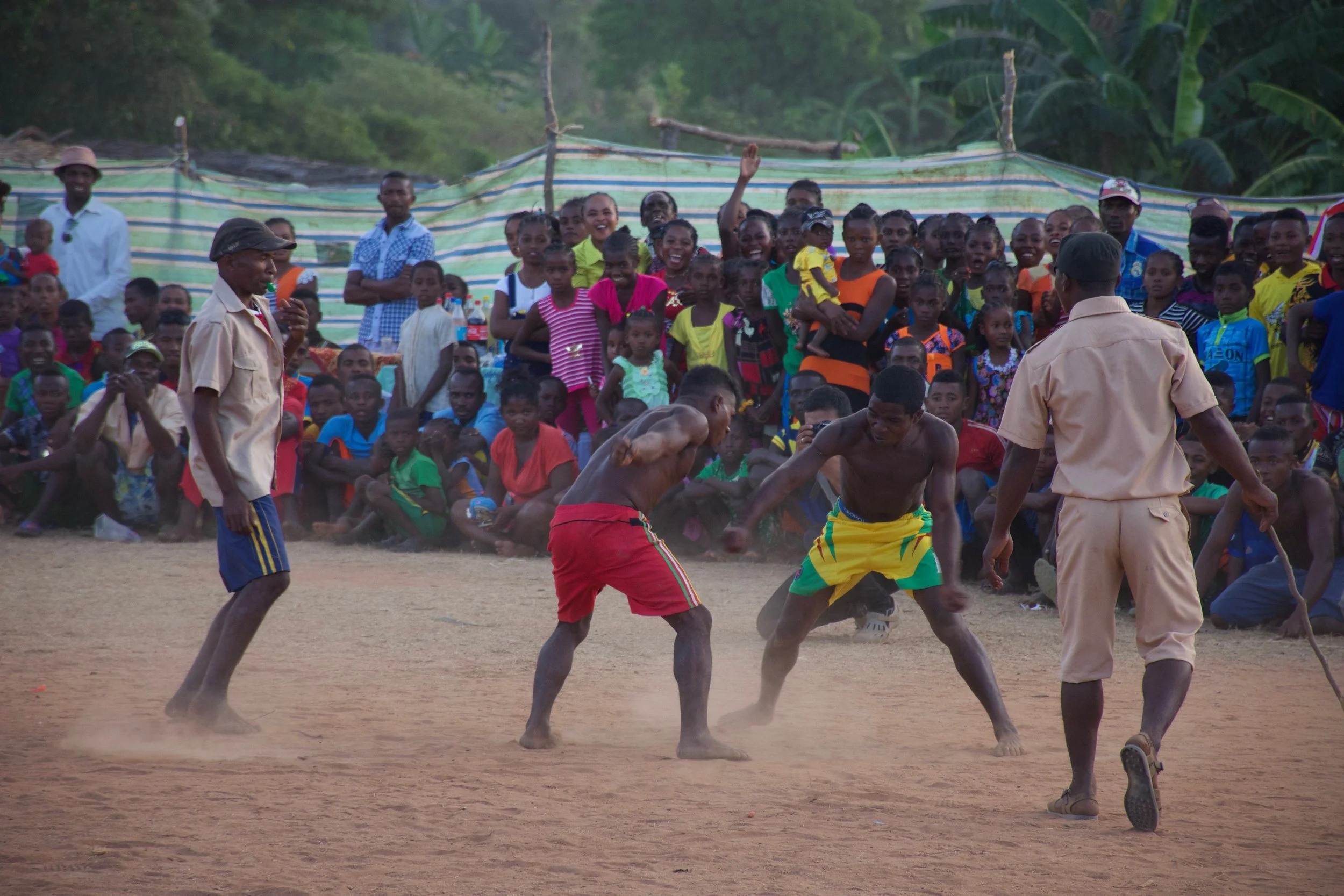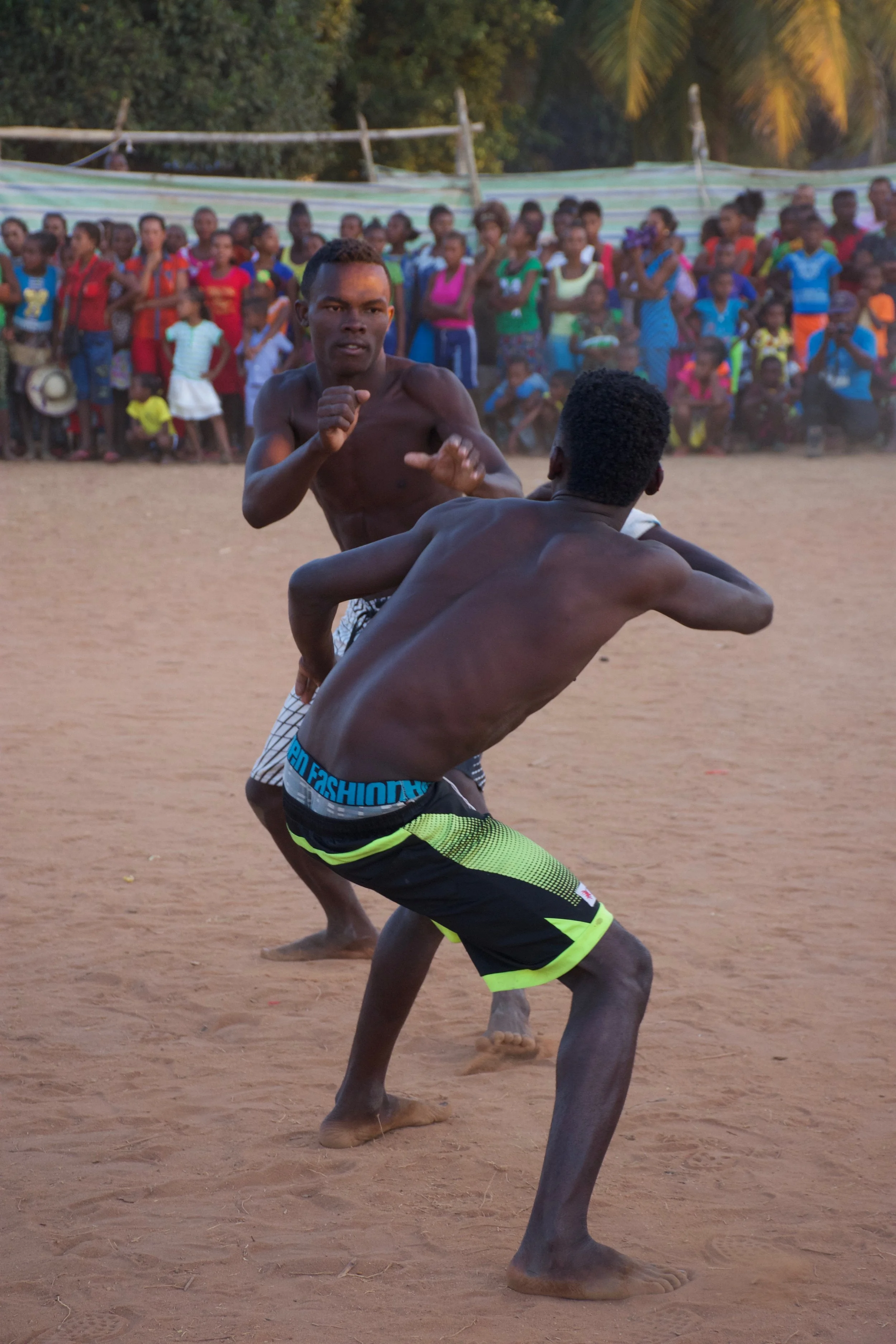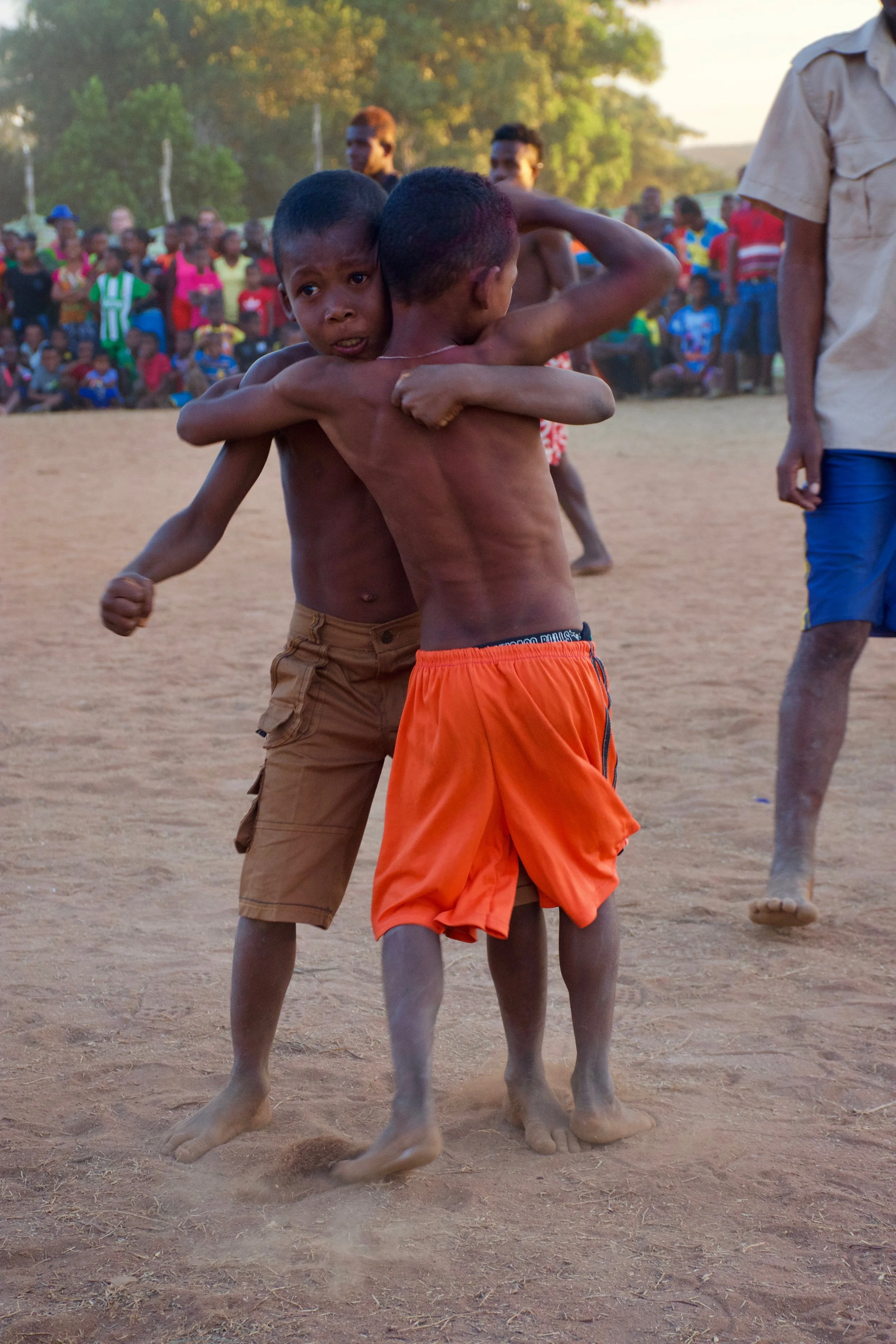Ecotourism and Conservation In Madagascar
While backpacking through Southeast Asia in 2017, I came across an opportunity to join a herpetology team with Operation Wallacea in Madagascar. Operation Wallacea would cover my flight and all local travel, and since Madagascar was on my bucket list, I jumped at the chance to go.
I bought my ticket in a hotel in Vietnam and took a flight from Bangkok with Kenya Airways to Nairobi and then on to Madagascar. While we were landing in the capital, I looked out the window and asked myself, how could this be the capital, as there were little to no lights? I passed through customs, but my bag did not arrive. I later learned that this is a known issue with Kenya Airways. I waited one day and got my bag at 15:00. My in-country contact scheduled a van at 19:00, then it was a 10-hour ride to the coastal city of Mahajanga. Madagascar has two main languages, French and Malagasy, but thankfully, I met a French lad in the van who spoke English, and he let me know about the dinner stop and when we had breaks. Madagascar's capital is almost 1300 meters above sea level, so it was quite cold during the night. I managed to sleep a bit, but during a bathroom break in the middle of nowhere, I looked up and saw the most beautiful starry sky I had ever seen. Madagascar's limited electrical power results in exceptionally clear night skies.
We got into Mahajanga around 5:30 in the morning. I met another driver there who drove 5 more hours to the small village of Mariarano where I would be based for the next eight weeks doing herpetology work.
I did not realize it at the time, but this job would end up being the most influential expedition of my life. It shaped who I evolved into today as an adventurer and explorer. We camped for 2 months without cell service. We ate a diet that consisted of, “Do you like rice and beans or would you prefer beans and rice?” I took bucket showers with chilly water, drank filtered river water, and as I was still inexperienced and unprepared for this kind of expedition, I did not have the proper gear, but I persevered and found that it was an incredible experience that I will always cherish.
Oustalets Chameleon
Madagascar is one of the wildest, most beautiful, and unique places I have visited. I saw so many amazing things during my time there, but I also saw terrible things. The impacts of the exploitation of resources from Western countries is obvious, especially from the previous ruler of the country, France, from whom Madagascar gained independence in 1960. Madagascar is in the top 10 countries of the world with the highest poverty rate. As you drive away from the main city, you notice most houses are constructed of only mud and sticks. The low poverty rate enables foreign companies to exploit the country's resources, primarily exporting vanilla, graphite, chromite, shrimp, coffee, and sugar. Unfortunately, the workers also get exploited and used for cheap labor. Illegal exports in the underground and black-market economy include wildlife, plants, and fossils. There was an illegal fossil market that we visited, and fossils that retail for thousands of dollars were on sale for 5-10% of their value. The Madagascan redwood was in high demand, resulting in the complete deforestation of numerous areas. The illegal wildlife trade is what I am most familiar with, and with the country's endemic rate of wildlife around 90%, these species are hot targets for collectors. While conservation efforts and active breeding programs have alleviated the pressure on certain animal species, others continue to face significant challenges.
Now, let us focus on the good stuff. Conservation groups have come into the country to help with protected lands, and because of the country's uniqueness, more travelers from all over the world visit to see the wildlife and landscapes. This takes pressure off people choosing to do illegal things because it creates job opportunities. The people who are great at poaching are also great at finding wildlife and becoming the best guides. Turning the poachers into guides is a powerful conservation tool. Covid affected the world, but it took a real toll on Madagascar because everyone had to find a way to earn money, and with no tourists, the natives had to return to living off the native flora and fauna. The country has recovered from the Covid losses and is now becoming a popular backpacking destination as your money goes far in the country. Normally, I advocate for places to stay as wild as possible, but Madagascar needs tourists to survive because it is one of the most special places in the world. There are direct flights from Dubai, Paris, and Johannesburg, that you can combine with other trips.
Malagasy Giant Hognose
Malagasy Giant Hognose and Blonde Hognose
Paradise Fly Catcher
Orange Tree Snake
Fruit Bats
Angels Chameleon
Lined Day Gecko
Madagascan Gaint Day Gecko
Malagasy Independace Day
Madagascar gained its independence from France on June 26th, 1960, and during our expedition, we got to experience Malagasy Independence Day. This is a big public holiday, so we did not have work that day. We were all in for a treat in the afternoon because the village would be celebrating and our bosses got us cases of beer, so we were all happy.
Our base camp was in the small village of Mariarano, and all the staff and students traveled to the town center, where everyone gathered for a ceremony. After the military personnel and the mayor gave their speeches, the village men broke out into pairs, and before my eyes, I witnessed one of the craziest things I have ever seen during my travels. The village celebrates Independence Day with a brawling backyard boxing match featuring all the men. It was wild and intense watching the fights. I had my camera and was taking photos from off to the side. Then I saw the local camera guy getting into the action for the shots, so I thought, why couldn’t I go in and get shots? I captured some amazing moments from the fight. The little boys of the village were even competing. The last fight was at sunset, and I captured one of my favorite photographs that did not have wildlife in it. The gentleman with the leopard print tank top won the fight. Another crazy thing about Madagascar was how ripped and jacked all the guys looked when all they had was a simple diet of rice and beans with a few small pieces of meat during the month. I guess that proves that having a simple diet and an outdoor lifestyle are healthy for your body!

